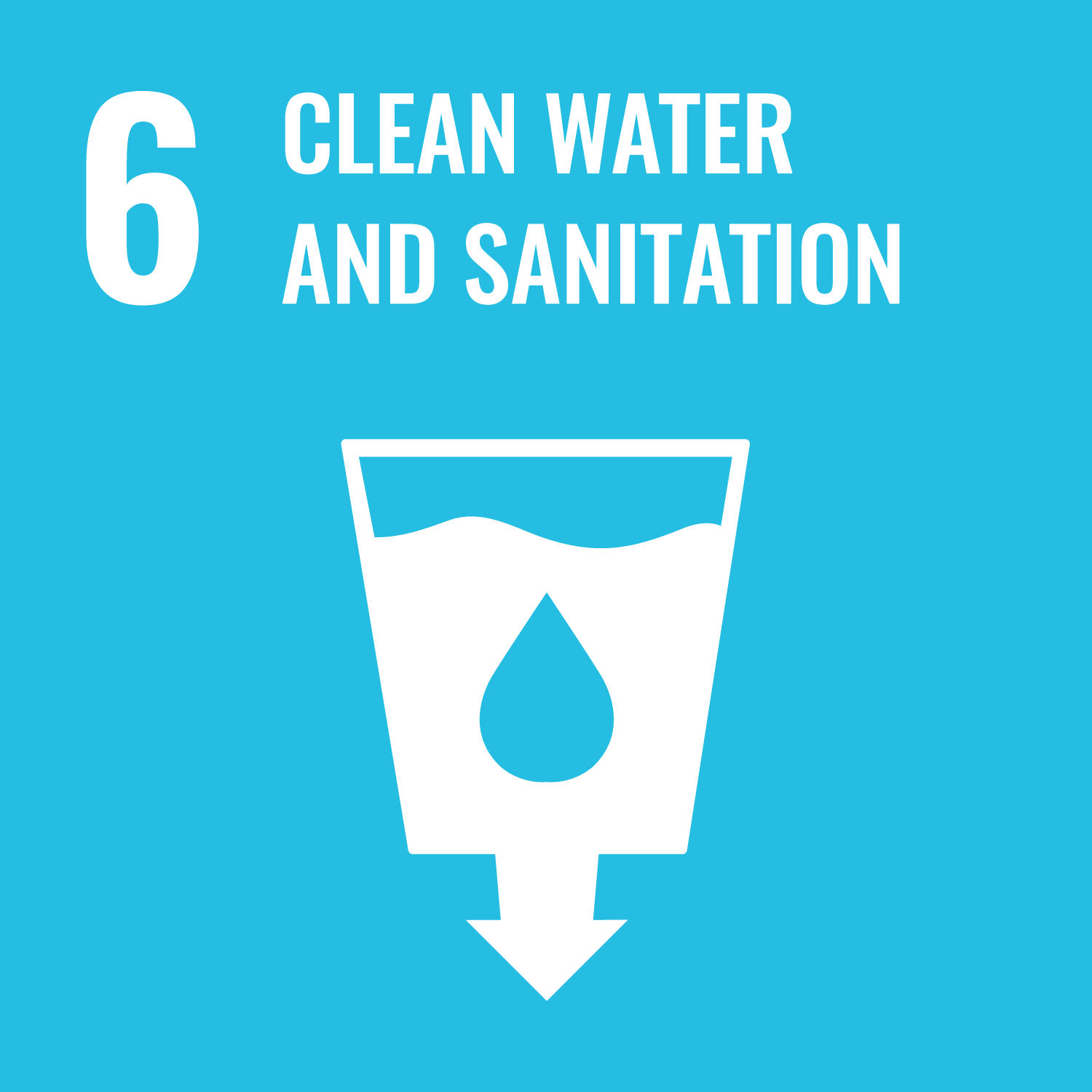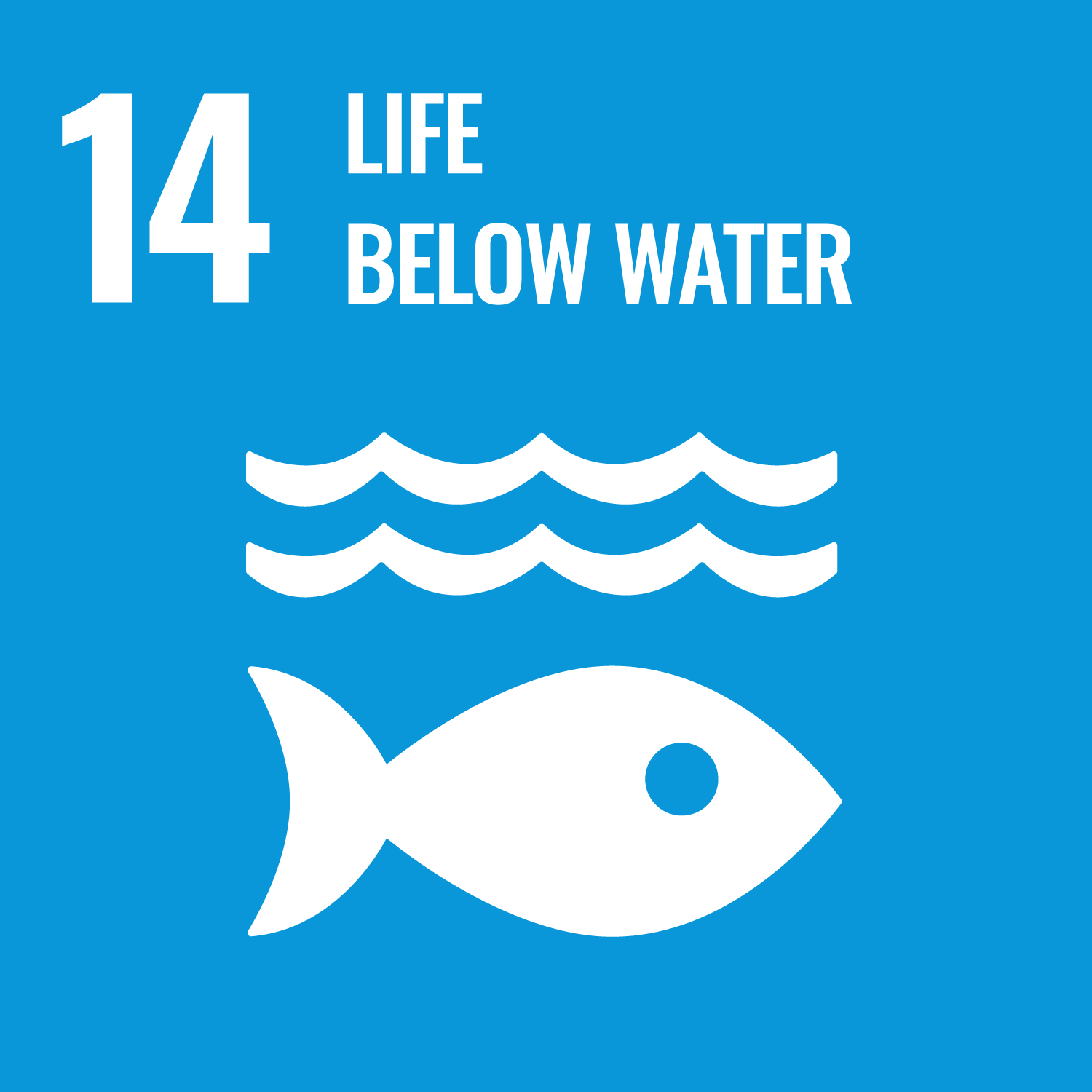ORCID
- W. Alex M. Nimmo-Smith: 0000-0003-3108-9231
- Kerry L. Howell: 0000-0003-3359-1778
Abstract
The Convention on Biological Diversity mandates the establishment of Marine Protected Area (MPA) networks worldwide, with recommendations stating the importance of ‘ecological coherence’ (a responsibility to support and perpetuate the existing ecosystem) implying the need to sustain population connectivity. While recommendations exist for integrating connectivity data into MPA planning, little advice exists on how to assess the connectivity of existing networks. This study makes use of recently observed larval characteristics and freely available models to demonstrate how such an assessment could be undertaken. The cold water coral (CWC) Lophelia pertusa (Linnaeus, 1758) is used as a model species, as much of the NE Atlantic MPA network has been designated for CWC reef protection, but the ecological coherence of the network has yet to be assessed. Simulations are run for different behavioural null models allowing a comparison of ‘passive’ (current driven) and ‘active’ (currents + vertical migration) dispersal, while an average prediction is used for MPA assessment. This model suggests that the network may support widespread larval exchange and has good local retention rates but still has room for improvement. The best performing MPAs were large and central to the network facilitating transport across local dispersal barriers. On average, passive and active dispersal simulations gave statistically similar results, providing encouragement to future local dispersal assessments where active characteristics are unknown.
DOI Link
Publication Date
2017-06-16
Publication Title
Deep-Sea Research Part I: Oceanographic Research Papers
Volume
126
ISSN
0967-0637
Acceptance Date
2017-06-14
Embargo Period
2018-06-16
Keywords
Connectivity, Connectivity Modeling Sytem, Deep sea, Ecological coherence, Larval dispersal, MPA network
First Page
128
Last Page
138
Recommended Citation
Ross, R., Nimmo-Smith, W., & Howell, K. (2017) 'Towards ‘ecological coherence’: Assessing larval dispersal within a network of existing Marine Protected Areas', Deep-Sea Research Part I: Oceanographic Research Papers, 126, pp. 128-138. Available at: 10.1016/j.dsr.2017.06.004




